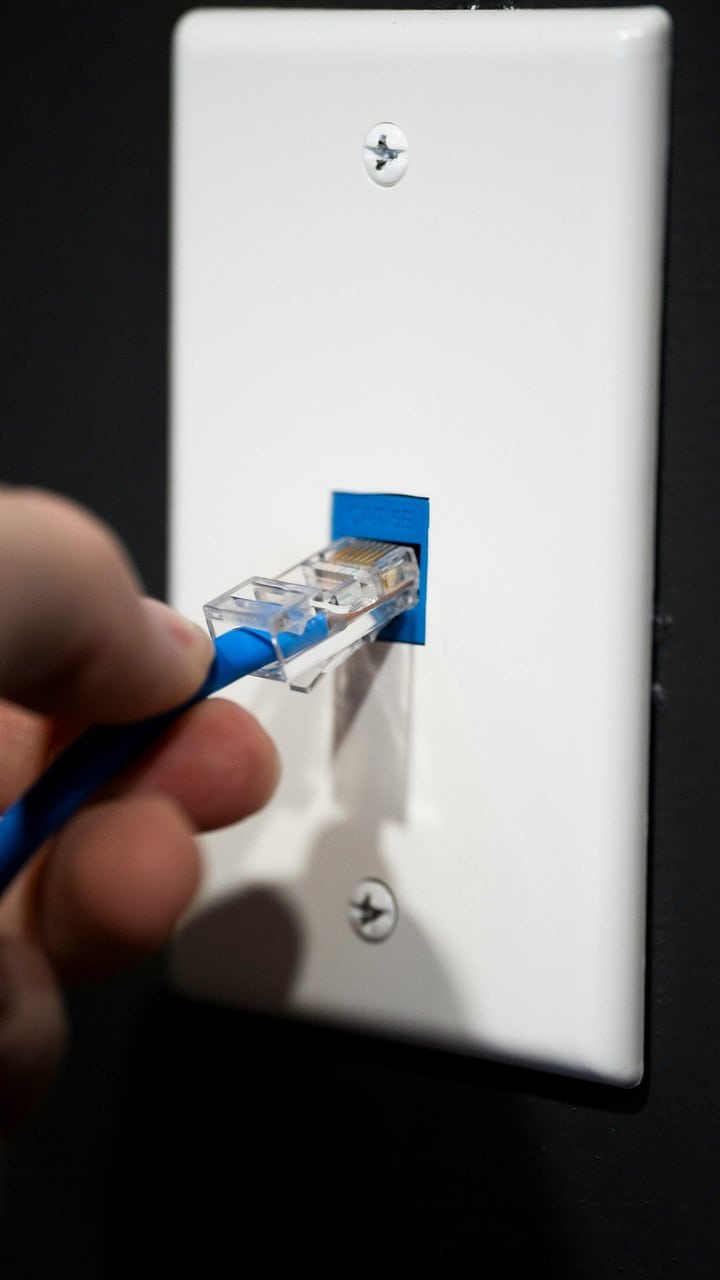Computer networks are intricate systems comprised of various physical components that work together to facilitate communication and data exchange between devices. Understanding the fundamental physical components of a computer network is essential for anyone seeking to grasp the intricacies of networking technology. In this article, we’ll delve into the key physical components of computer networks and explore their roles in enabling seamless connectivity.

1. Network Cables
Network cables serve as the backbone of computer networks, transmitting data between devices. Common types of network cables include twisted-pair cables (such as Ethernet cables), coaxial cables, and fiber optic cables. Twisted-pair cables are widely used for Ethernet connections, while coaxial cables are often employed in cable television and broadband internet applications. Fiber optic cables, known for their high-speed data transmission capabilities, utilize light signals to transmit data over long distances with minimal loss.
2. Network Switches
Network switches are devices that connect multiple devices within a network, allowing them to communicate with each other. These switches operate at the data link layer of the OSI model and use MAC addresses to forward data packets to the appropriate destination. Network switches come in various configurations, ranging from simple unmanaged switches to complex managed switches with advanced features such as VLAN support, Quality of Service (QoS), and port mirroring.
3. Network Routers
Network routers are essential components that facilitate communication between different networks. Routers operate at the network layer of the OSI model and use IP addresses to route data packets between networks. They serve as gateways that determine the most efficient path for data transmission based on network topology and routing protocols. Routers also provide security features such as Network Address Translation (NAT) and firewall capabilities to protect against unauthorized access.
4. Network Interface Cards (NICs)
Network Interface Cards, or NICs, are hardware components that enable devices to connect to a network. These cards, also known as network adapters or network interface controllers, interface with the network medium (such as Ethernet or Wi-Fi) and facilitate the transmission and reception of data packets. NICs come in various forms, including integrated cards built into motherboards and standalone expansion cards that can be installed in computers.
5. Network Hubs
While less common in modern network deployments, network hubs are passive devices that serve as central connection points for network devices. Unlike switches, which intelligently forward data packets to specific destinations, hubs simply broadcast incoming data packets to all connected devices. As a result, network hubs are less efficient and more prone to network congestion than switches. However, they are still used in some scenarios where simplicity and cost-effectiveness are prioritized over performance.
The physical components of computer networks play a crucial role in enabling communication and data exchange between devices. From network cables and switches to routers and NICs, each component contributes to the seamless operation of modern networks. By understanding the functions and roles of these physical components, network administrators and enthusiasts can build and maintain robust and efficient computer networks to meet the growing demands of today’s digital world.
